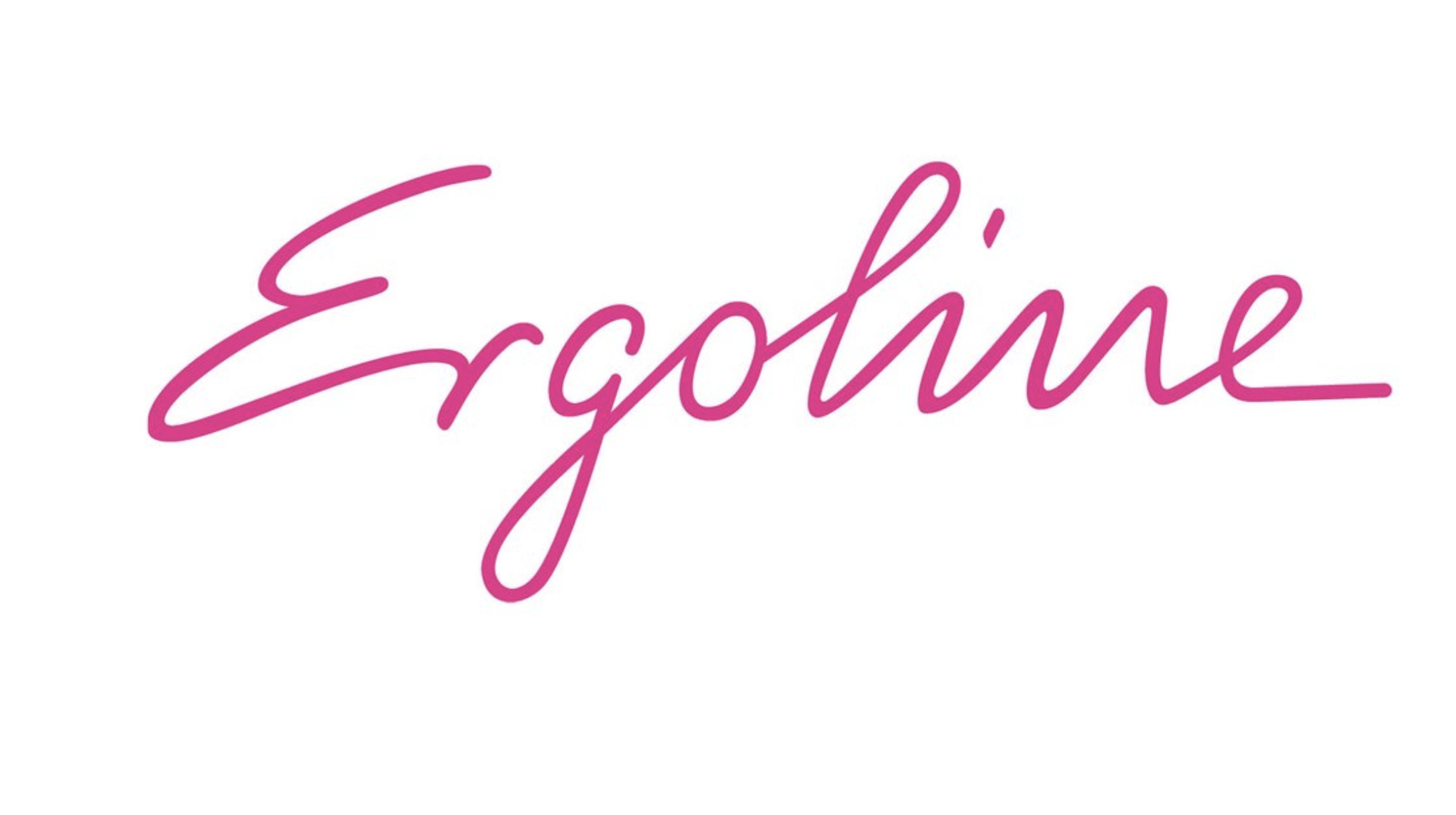In addition to visible light, sunlight mainly consists of infrared radiation, which we perceive as heat and about 5 percent of ultraviolet radiation (UV).
- UV-C radiation does not penetrate the earth’s atmosphere and therefore it does not reach the earth’s surface.
- The UV-B radiation is weakened by the ozone layer, but a small part of it reaches the earth’s surface. UV-B radiation builds up our skin pigmentation and the development of vitamin D. If your skin gets too much UV-B radiation, you can get a sunburn.
- The UV-A radiation reaches the earth’s surface almost without being hindered. Among other things, it ensures that your skin pigments become darker, which is visible as a direct tan on the skin.
- The intensity and exact composition of sunlight depends on various factors, such as the time of year and day, latitude, clouds, possible air pollution and reflection on the ground. At a tanning salon, there are only UV-A and UV-B rays inside the bed. These reach your skin in controlled doses.
To learn more about the effects of sunlight, check out the European Sunlight Association. There you will find more information about sun and health.




